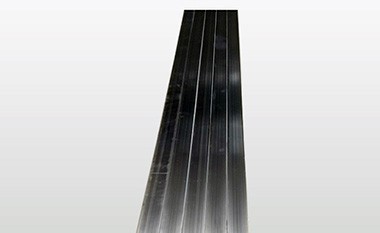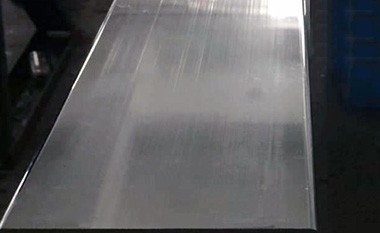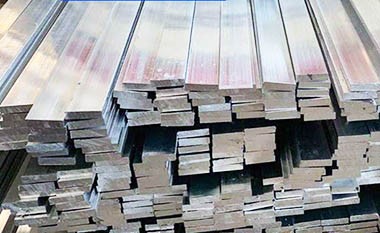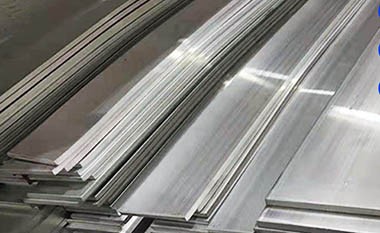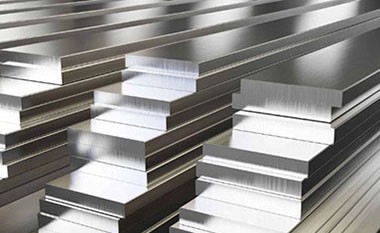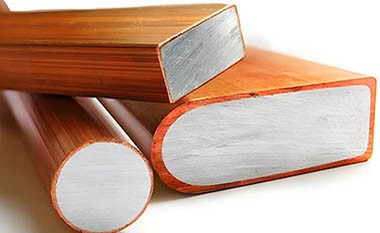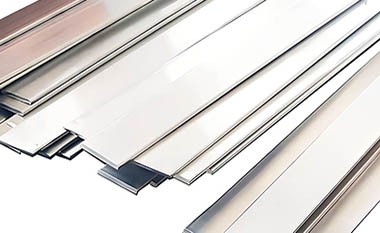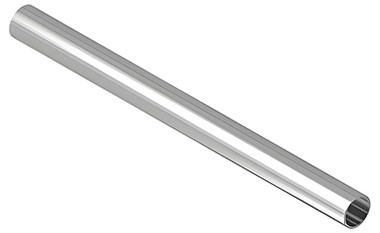Flexible Aluminum Busbar
Flexible Aluminum Busbar is a conductive component used for distributing electrical power within a system. Unlike traditional rigid busbars, the flexible aluminum busbar can be bent and shaped to fit various configurations, making it ideal for installation in narrow or complex spaces.
Flexible Aluminum Busbar is an electrical conductor used for power distribution, while also adapting to mechanical movement, thermal expansion, or vibrations. Unlike rigid busbars, its flexible structure allows dynamic adjustment, and it is made from aluminum, balancing conductivity, weight, and cost-effectiveness.
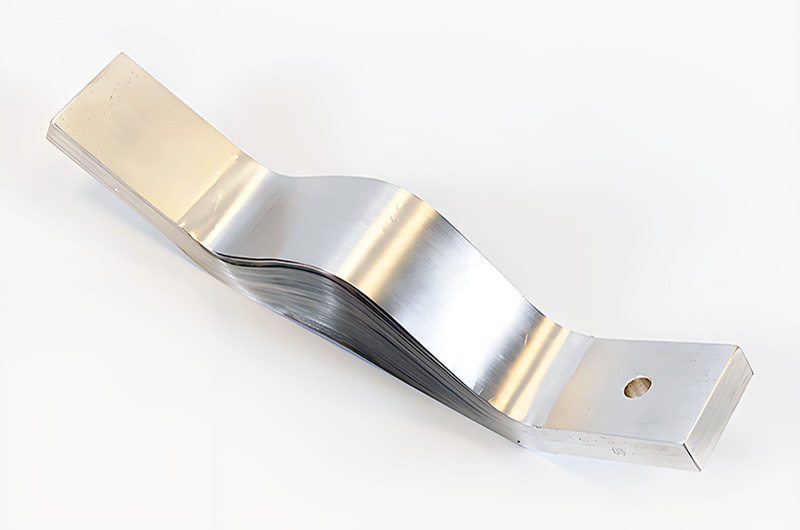
HC Aluminum Flexible Aluminum Busbar Specifications
| Specifications | Description |
| Aluminum Core | Made from aluminum alloy materials such as 6061, 6063, 6101, etc. |
| Type | Solid Flexible aluminum busbar, Perforated Flexible aluminum busbar, Flexible Aluminum mesh busbar. |
| Rated Current | 100–5000 A (depending on cross-sectional area and cooling). |
| Rated Voltage | Up to 1000 V AC/DC. |
| Temperature Range | -50°C to +150°C (with special insulation, can be wider). |
| Bending Radius | For flat types, bending radius as low as 10 times the thickness. |
| Compliance | Compliant with IEC 61439, ASTM B786, and UL standards. |
| Testing | Includes bending durability, thermal cycling, and short-circuit current testing. |
Flexible Aluminum Busbar Material Properties
- Aluminum Alloys: Typically uses 1350 (high conductivity) or 6061 (structural strength), 6063, 6101, and other alloys. Aluminum's conductivity is 61% that of copper, but it is lighter (2.7 g/cm³) and more cost-effective.
- Corrosion Resistance: The natural oxide layer resists corrosion; optional anodizing or coatings (such as tin, silver) can enhance durability in harsh environments.
- Thermal Conductivity: Effective heat dissipation, reducing hot spots.
Flexible Aluminum Busbar Structure and Design
- Lamination Layers: Layered or braided thin aluminum strips to enhance flexibility.
- Corrugated or Flat Design: Increases surface area and bending radius without fatigue.
- Insulation: Optional flexible coatings (such as silicone, PVC) ensure safety and environmental friendliness.
| Structure Part | Description |
| Aluminum Core | The aluminum core is the central part of the busbar, typically made of aluminum alloys with excellent conductivity and high load capacity (such as 6061, 6063, 6101, etc.). These aluminum alloys not only provide excellent electrical conductivity and load capacity but also ensure efficient energy transmission. To enhance stiffness and load-bearing capacity, the aluminum core can be reinforced with steel or carbon fiber, giving it better structural stability. |
| Insulation | The insulation layer wraps around the aluminum core and serves to isolate the current, preventing electric shocks and ensuring user safety. Common insulation materials include: - Ethylene Propylene Rubber (EPR): has good heat resistance, chemical resistance, and flexibility, and is easy to use. - Chloroprene Rubber (CR): has excellent fire resistance and can withstand harsh environmental conditions. - Thermoplastic Elastomer (TPE): has high flexibility and is easy to mold and process. |
| Protective Cover | The protective cover is used to protect the busbar from external environmental influences such as dirt, moisture, chemicals, etc. It is typically made of PVC, metal, or composite materials. It also enhances the busbar's impact resistance and fire resistance, helping to extend its service life and ensure stability under harsh conditions. |
| Accessories | Accessories are auxiliary components of flexible aluminum busbars, mainly including: - Connectors: used to connect the busbar to other electrical equipment, ensuring smooth current transmission. - Brackets: help to fix the busbar to walls or ceilings, ensuring its stability. - Clamping Parts: used to firmly secure the cable to the busbar, preventing the cable from loosening and ensuring the safety of the electrical connection. |
Flexible Aluminum Busbar Features
- Dynamic Flexibility: can withstand repeated bending (e.g., ±30° angle movement).
- High Current Capacity: cross-sectional area optimized for current-carrying capacity (e.g., 100–5000 A).
- Thermal Expansion Compensation: absorbs dimensional changes caused by temperature fluctuations.
- Low Impedance: minimizes energy loss with low resistance (<0.1 mΩ/m).
Classification of Flexible Aluminum Busbar
| Type | Product Image | Description |
| Solid Flexible Aluminum Busbar |
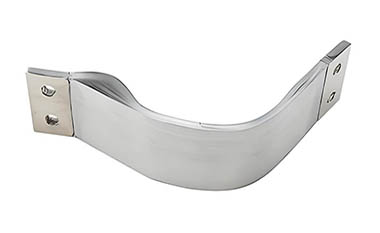
|
Solid flexible aluminum busbar is made from a solid block of aluminum, providing high rigidity and excellent load-bearing capacity. This type of busbar is known for its durability and strength, making it suitable for applications where high electrical currents need to be carried. However, its flexibility is relatively low, making it challenging to install in confined spaces or complex layouts where bending or shaping is required. |
| Perforated Flexible Aluminum Busbar |

|
Perforated flexible aluminum busbar is constructed from aluminum strips that have holes along their length. These perforations serve to reduce the weight of the busbar while enhancing its flexibility. The perforated design allows for easier handling and installation, making this type ideal for applications that require multiple power connections or where space and weight limitations are a concern. It strikes a balance between load-bearing capacity and flexibility. |
| Flexible Aluminum Mesh Busbar |

|
Flexible aluminum mesh busbar is made by interweaving aluminum strips into a mesh-like structure. This design makes the mesh busbar the lightest and most flexible of the three types, allowing for maximum adaptability in installation. While it offers excellent flexibility, its load-bearing capacity is lower compared to the solid and perforated options, making it suitable for lighter electrical load applications where flexibility is a higher priority than strength. |
Flexible Aluminum Busbar Applications
| Application Field | Description |
| Power Distribution | Flexible Aluminum Busbars are used in high-voltage and low-voltage power distribution systems to ensure stable power transmission in distribution cabinets, substations, and factories. |
| Electrical Equipment Connection | Flexible Aluminum Busbars connect high-current equipment such as transformers, motors, and circuit breakers for efficient power transmission. |
| Electric Vehicles | Flexible Aluminum Busbars are used in electric vehicles to connect batteries, motors, and other electrical components, enhancing power transmission efficiency. |
| Industrial Environments | Flexible Aluminum Busbars provide stable power support for heavy machinery in industries such as mining, paper-making, and textiles. |
| Renewable Energy Systems | Flexible Aluminum Busbars enable efficient power connections and distribution in solar power generation systems and energy storage systems. |
| Transportation | Flexible Aluminum Busbars are widely used in electric vehicle battery interconnections and overhead power transmission lines in railways. |
| Industry | Flexible Aluminum Busbars provide reliable power supply to robots, CNC machines, and seismic-resistant building power systems. |
| Aerospace | Flexible Aluminum Busbars are used in aircraft as lightweight power distribution systems to ensure stable and efficient power transmission. |
Flexible Aluminum Busbar Advantages
- Lightweight: Aluminum is much lighter than copper, making it easier to handle and install.
- Cost-Effective: Aluminum is more affordable than copper, reducing overall project costs.
- High Conductivity: Aluminum has good conductivity, making it suitable for various applications.
- Corrosion Resistance: Aluminum naturally forms a protective oxide layer, enhancing its corrosion resistance.
- Flexibility: The design is easy to bend and shape, suitable for complex installations.
- Seismic Resistance: Prevents connection fatigue in motors or generators.
- Easy Installation: Suitable for tight spaces, reducing assembly complexity.
- Durability: Long lifespan under mechanical stress (tested for over 10, 000 bending cycles).
- Safety: Reduces the risk of fractures and arc faults in dynamic environments.
Installation Considerations
When selecting and installing flexible aluminum busbars, consider factors such as current and voltage requirements, environmental conditions, and the specific design of the electrical system to ensure optimal performance and safety.
- Connection: Use anti-oxidation paste and torque-controlled clamps/bolts to maintain contact integrity.
- Installation: Secure both ends while allowing movement in the middle part.
- Maintenance: Regularly check for oxidation or insulation wear.
Flexible aluminum busbars are crucial in modern electrical systems that require adaptability and reliability. Their design alleviates mechanical and thermal stress, providing a robust solution for industries that prioritize safety, efficiency, and sustainability. By selecting the appropriate alloys, coatings, and designs, these busbars meet a variety of operational needs while maintaining cost and performance advantages compared to copper alternatives.

